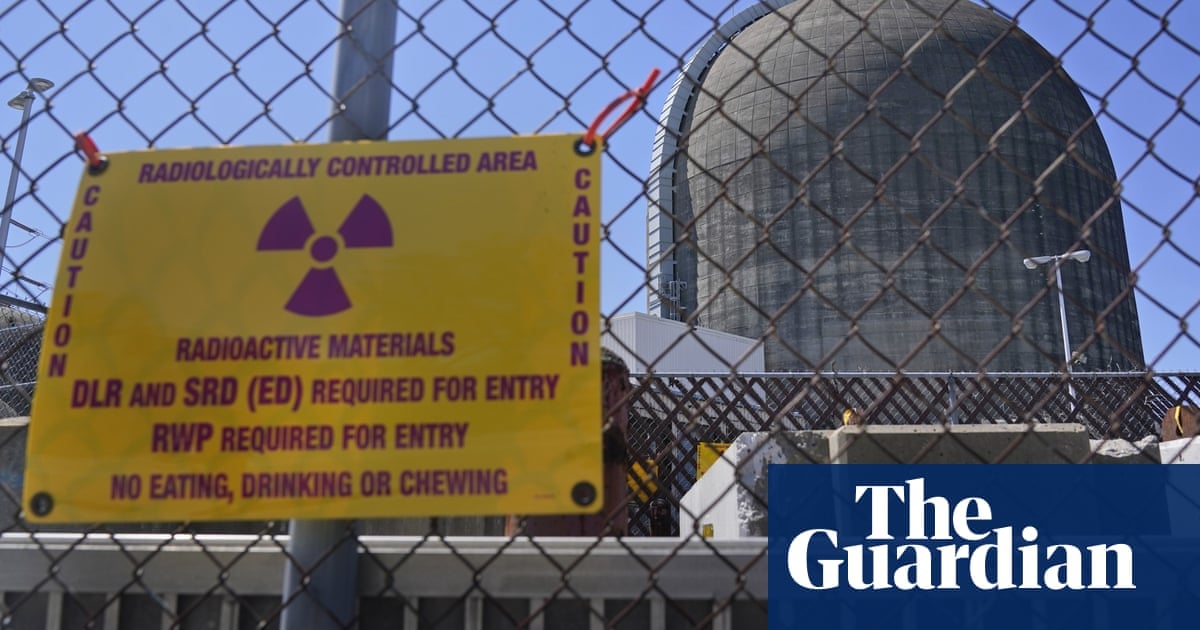Shuttering of New York facility raises awkward climate crisis questions as gas – not renewables – fills gap in power generation
When New York’s deteriorating and unloved Indian Point nuclear plant finally shuttered in 2021, its demise was met with delight from environmentalists who had long demanded it be scrapped.
But there has been a sting in the tail – since the closure, New York’s greenhouse gas emissions have gone up.
Castigated for its impact upon the surrounding environment and feared for its potential to unleash disaster close to the heart of New York City, Indian Point nevertheless supplied a large chunk of the state’s carbon-free electricity.
Since the plant’s closure, it has been gas, rather then clean energy such as solar and wind, that has filled the void, leaving New York City in the embarrassing situation of seeing its planet-heating emissions jump in recent years to the point its power grid is now dirtier than Texas’s, as well as the US average.



So, why don’t they have storage then, if it is easy? I also doubt 50% during winter when clouds and short days. Summer is not a problem, winter is when everybody is consuming a lot of energy for heating.
There is not a lot of storage yet because the goal is only to be climate neutral by 2045 and right now, more power generation has the priority. There are limited funds.
I never said it was easy. I said it was more economically viable than constructing dozens of nuclear reactors.
On the contrary, it’s one of the biggest economic transitions ever.
Wind turbines make up the biggest share of regenerative capacity in the German power grid and there tends to be more wind in winter:
Sorry it’s not the best diagram and it’s in German.
The numbers appear to be TWh of power (that’s why it doesn’t add up to 100). The percentage above each month is the percentage of regenerative sources. 2023 it never dropped beneath 50% except 47 in February.